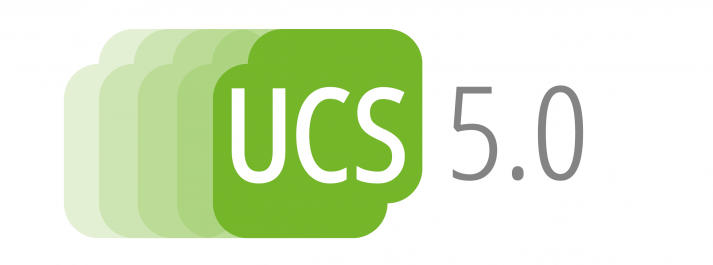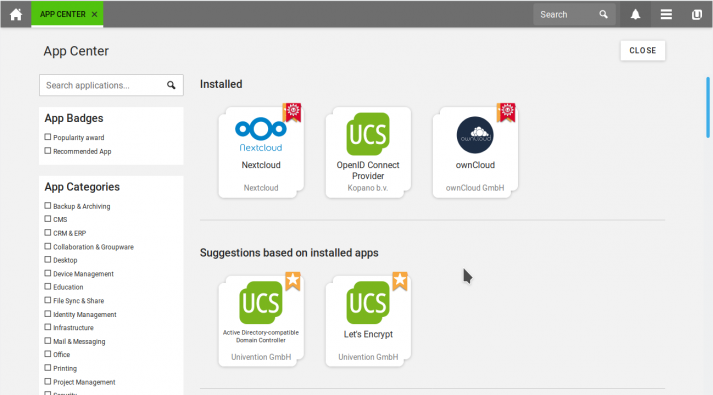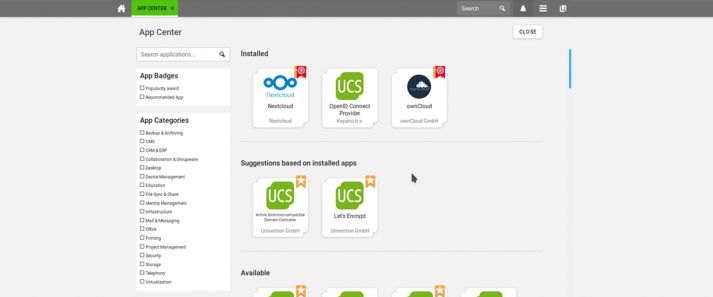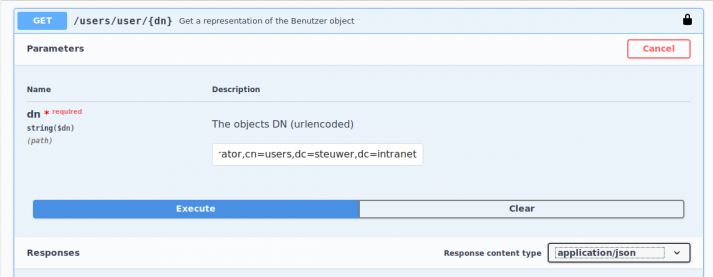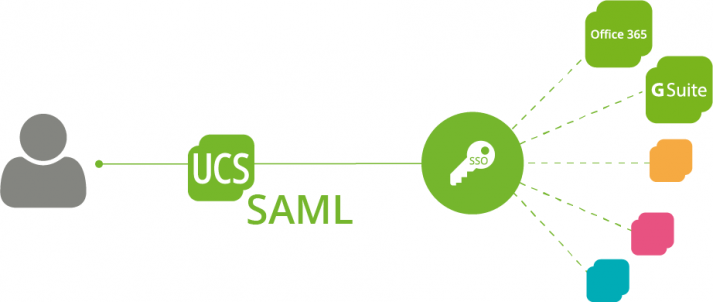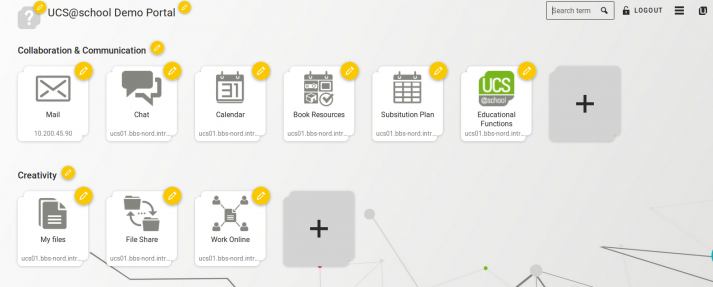“When did I install or remove which app, and when was the last time the password for the UCS server was changed?” Answers to these and many other questions can be found in the Admin Diary, which we introduced with UCS 4.4. It provides a quick overview of all administrative events in a UCS domain, such as software and app installations and updates, creation, modification and deletion of users and other directory service objects, password changes, etc.
Strictly speaking, the new diary consists of two apps that you can easily install in your UCS environment through the Univention App Center: the Admin Diary Backend and the Admin Diary Frontend. The backend collects data from all UCS instances in the domain and stores it in a database. The frontend provides access to this log via a module of the Univention Management Console (UMC) and displays the events.
In this blog article, I will introduce you to both apps and also explain how to run backend and frontend on two different computers. This may be useful, for example, if there already is a dedicated database server in your environment: Then you install the backend there. The frontend will be installed on that system, on which you normally use the UMC (e.g. the Master). Let’s start with the standard option: both on one system.
